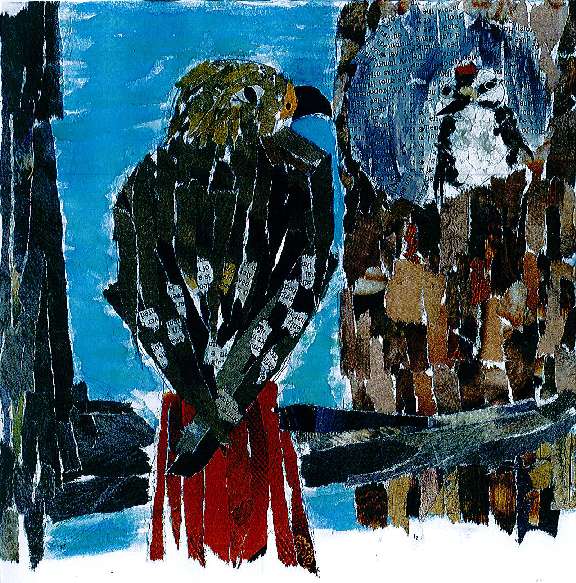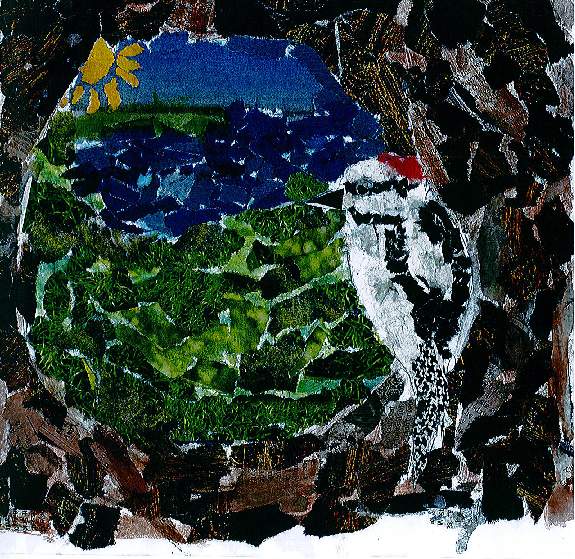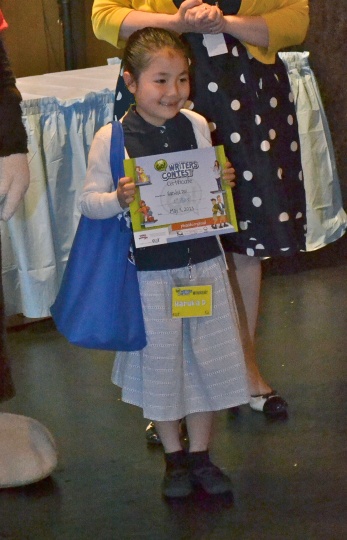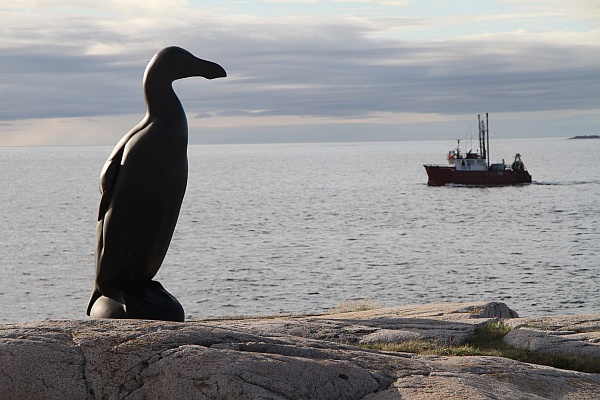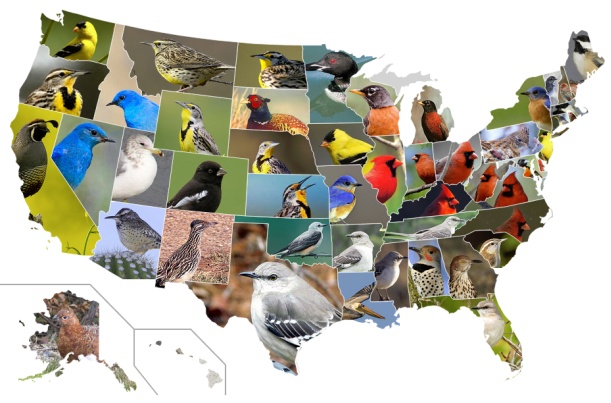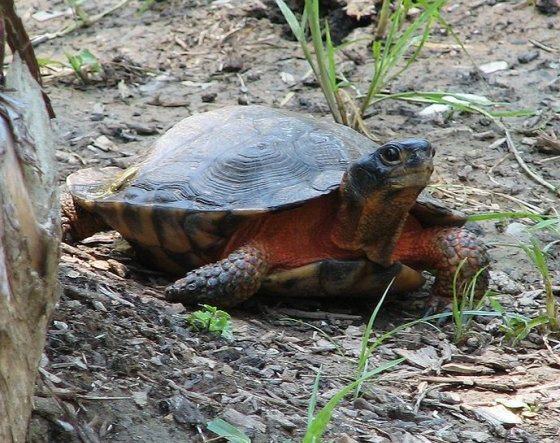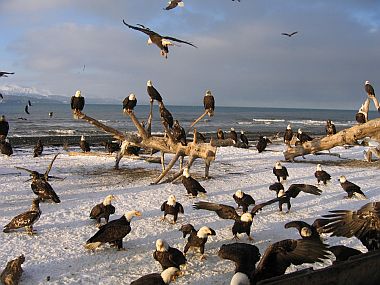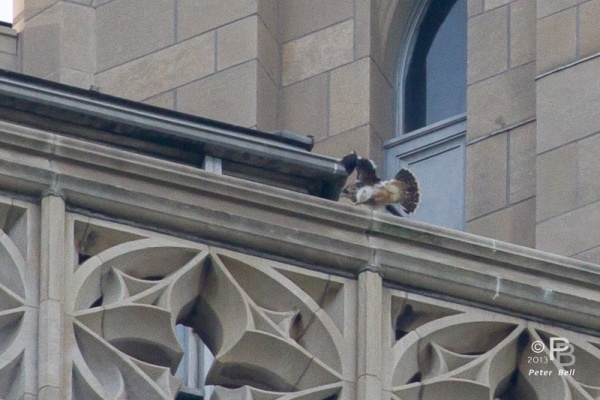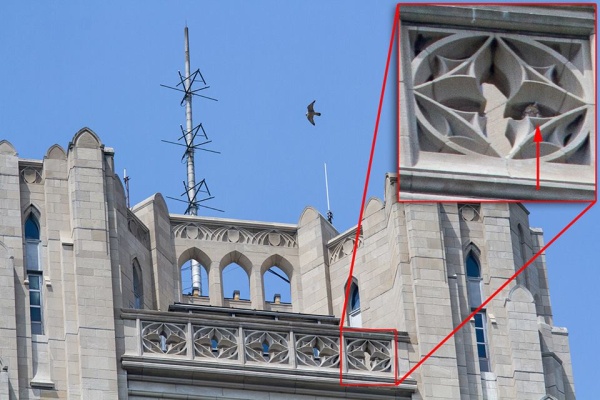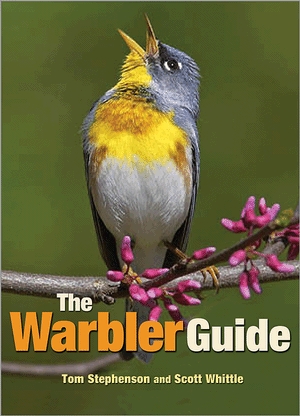
13 August 2013
If you keep up with birding news you know that The Warbler Guide by Tom Stephenson and Scott Whittle came out this spring. My review is a few months late but it’s just in time for the season when we’re really going to need this book — Confusing Fall Warblers!
My interior debate upon opening any new field guide is: Should I jump right in or read it first? The first quarter of the book is not to be missed. It provides excellent tips on how to use the book, What to Notice On A Warbler, How to Listen to Warbler Songs and how to read sonograms.
But during Confusing Fall Warbler season you might have to jump right in. Use the Quick Finders.
Try the East Fall Quickfinder on pages 110-111. Use a Post-It note to bookmark the page edge so you can jump here quickly. Pick the closest bird you see but don’t worry about making a wrong guess. When you get to the species account you’ll find similar Comparison Species and ample descriptions to point you to the right bird.
If you already have a guess, flip to the species accounts and — Hooray! — they’re in alphabetical order by common name, not in the confusing ever-changing taxonomic order.
The accounts are rich with easy to find tips. I’ve already learned from the Diagnostic Field Mark page that is “always sufficient for a confident ID.” For instance, did you know you can always ID a drab confusing Blackburnian by the pale braces on its back and dark olive cheek patch that’s pointed at back and bottom? Now I know.
The end of the book is full of treasures too with a Quiz and Review, right-sized photos of Warblers in Flight and a table of Habitats and Behaviors.
Added bonus: Download the audio guide of warbler sounds including chip calls. You’ll need them during fall migration.
Confusing fall warblers are arriving soon so be prepared with The Warbler Guide. Click here or the image above to learn more and buy it from Princeton University Press.
Click here and scroll down to the Supplementary Materials tab for free Warbler Guide tools. A free downloadable QuickFinder PDF and free downloadable QuickFinder JPGs.
(cover image of The Warbler Guide by Tom Stephenson and Scott Whittle, published by Princeton University Press)
